Introduction
The product packaging in the current competitive market is much more than a container. It is a very important aspect of product protection, brand, and consumer appeal. Nevertheless, this critical ingredient is also accompanied by a complicated set of expenses, the mismanagement of which may severely affect your bottom line. Knowledge about these expenditures is not merely accounting, but it is a necessity of strategy to any business, regardless of its size, and in particular to small businesses. This guide will explain in detail the visible and invisible expenses of the packaging, discuss the most important pricing elements, compare various forms of packaging, and provide clever ideas on how to reduce the costs. We are aiming to provide you with the knowledge on what such a decision should be based on to be effective and cost-efficient, without misaligning with your business objectives and the packaging budget.
How Much Does Packaging Cost: What’s Included?
The way you can cope with the cost of packaging is to know what the overall cost consists of first. The cost of packaging does not come as a lump sum; rather, it is a combination of fixed costs, variable costs, and hidden costs, which are usually ignored. These are the components one should know to budget smartly.
Fixed Costs
They are your start-up investments or fixed costs that do not vary with the amount of packaging you make. You generally pay these whether you produce one or a million. Consider them as your setup costs, such as mould and die charges for custom shapes, printing plate charges in the traditional method, machine set-up charges to prepare production lines, and the initial design and engineering charges to develop your special custom packaging.
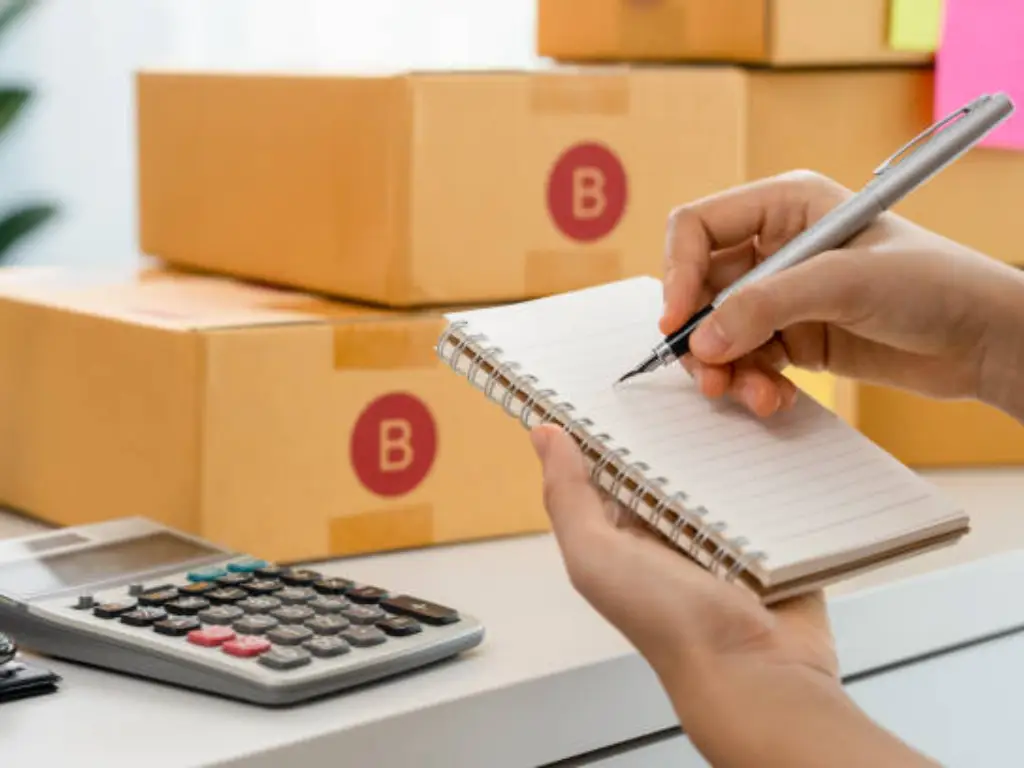
Variable Costs
Such costs, however, either rise or fall in direct proportion to the quantity of packaging that you manufacture. They are your costs per unit. Material costs are typically the largest component of this, and they may easily constitute about 50-70% of your total variable expenses. Other key variable costs are manufacturing labour costs, cost of printing inks and coatings (contributes to printing costs), adhesives and sealants, transportation and logistic costs of moving materials and finished products.
Hidden Costs
These are not so noticeable, yet they can seriously affect your budget. We will discuss these further on, but these can be such items as the expenses related to quality control, spoilage of products because of poor packaging, or regulatory compliance testing required by certain industries.
Knowing this breakdown will make you understand where your money goes. Fixed costs may be high at the beginning, but the costs are distributed when producing higher quantities, and each unit becomes cheaper. Variable costs are, however, proportional to your production; hence, you have to be careful in how you utilize materials and how you go about your work to be efficient in your production.
7 Key Factors Driving Your Packaging Price
In addition to the basic elements of cost, some key issues have a strong impact on the actual cost of packaging. These parameters determine not only the cost base but also the complexity and even feasibility of a given packaging solution. The subtlety of understanding these drivers enables businesses to make informed design and procurement decisions.
1. Material Type
Material selection is a main cost determinant. Various materials have their costing, processing, and working properties.
- ● Paperboard (e.g., folding cartons, rigid boxes): Relatively inexpensive for lightweight goods. Corrugated cardboard is a strong protection at an intermediate price, which is suitable for shipment.
- ● Plastics (e.g., films, bottles, trays): Very versatile and can be very cost-effective since they can be mass-produced. They are lightweight, hence they can minimize shipment costs. Nevertheless, the overall costs may be affected by differences in the prices of resins and the environmental factor.
- ● Glass: Provides a high-end appearance and superior barrier performance, especially where beverages and some foods are concerned. Nevertheless, its weight adds a lot to the transportation cost, and its fragility needs more secondary protective packaging, particularly for the fragile items.
- ● Metals (e.g., aluminum cans, steel tins): Offer excellent barrier and strength, appropriate in products that have to be provided with long shelf lives. The price is generally more expensive as compared of plastic because of the material and production process.
- ● Composite Materials: These are commonly multi-layer assemblies consisting of different substances ( e.g., plastic and foil) to meet particular barrier requirements ( e.g, moisture, oxygen, and UV light). These are custom-made to perform, so they are more expensive to make because of the complexity.
- ● Sustainable/Eco-friendly Materials (e.g., recycled content, biodegradable polymers): It is also a good idea to choose sustainable materials, which may decrease your carbon footprint. Though their environmental advantages, they can also be more costly than virgin traditional materials when availability in the market and technological maturity are considered. You can influence your brand image by using friendly packaging.
- ● Flexible packaging: It is commonly made of multiple plastic films, foils, and paper laminates, and is often much cheaper, as it is much lighter, and materials are used efficiently. Its flexibility in terms of the different forms of products frequently leads to the use of less material than conventional packaging, and hence a lower unit cost.
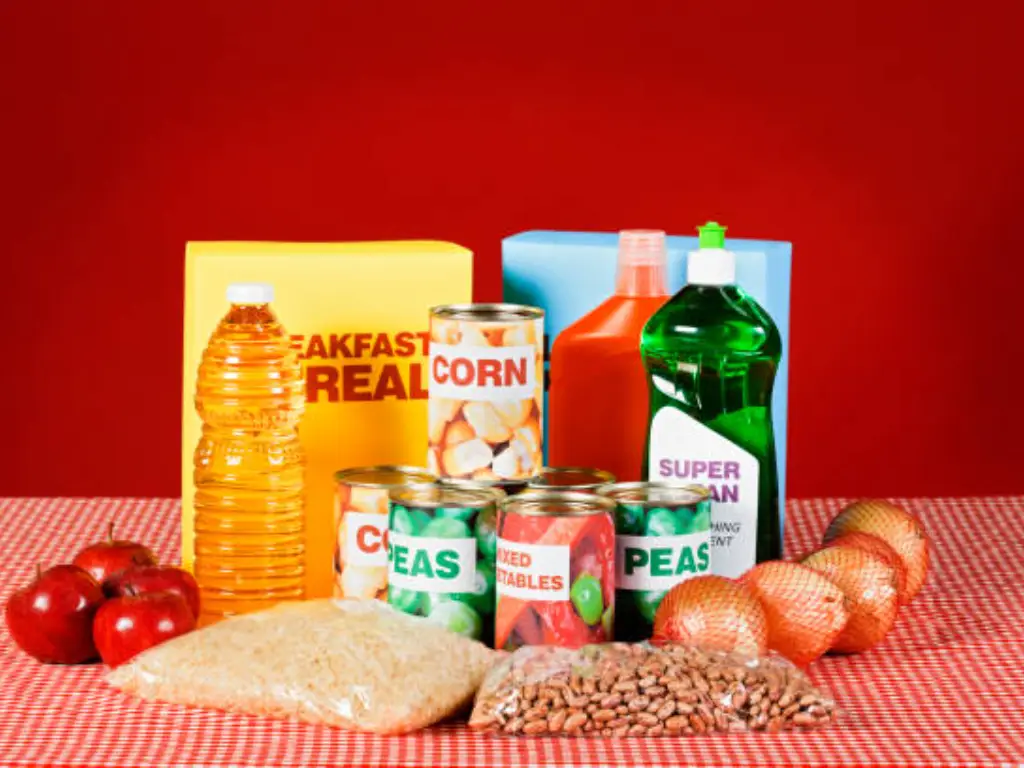
2. Size and Shape
The material consumption and the work used in packaging are directly related to the physical size and the complexity of shapes. Bigger packages use more material. Odd or complex shapes require special toolings (molds, dies) and a more complicated production process, resulting in more material wastage during cutting and forming, and lower production speed. Standardized sizes and simpler geometries often present significant cost efficiencies.
3. Order Quantity (Volume)
The law of economies of scale is very influential in packaging. The cost that is incurred per unit is usually lower when the order size is large or when the order is a bulk order. This is largely because the fixed costs (such as the mold fees or printing plate charges) become shared between more units. Also, when raw materials are bought in bulk, the suppliers may offer a lower price, and greater production runs minimize the time taken to set up and changeover machines, making the production more efficient. Suppliers tend to offer quantity-based tier pricing.
4. Printing and Finishing
The appealing packaging aesthetics are important to the brands, and there is a price to pay. A large component of this is custom printing.
- ● Printing Colors: Adding color can be complicated and expensive, especially when conventional means are used. Whereas 4-color process (CMYK) is common, spot colors (Pantone) to match brand colors may be done at an added cost.
- ● Printing Techniques: Digital printing is cheaper than offset printing on small production and variable data printing runs, and though more expensive per unit, does not entail plates. Flexo and gravure printing are more expensive to set up (plates, cylinders) but are cheaper per unit, and produce a higher quality at higher quantities.
- ● Special Finishes: Special effects such as UV coating (glossy or matte), embossing/debossing, foil stamping, soft-touch coating, or windows (cut-outs) do have a lot to offer in terms of visual attractiveness, but come at the cost of a longer processing time and additional materials, which means higher cost per unit. This is usual in luxury packaging.
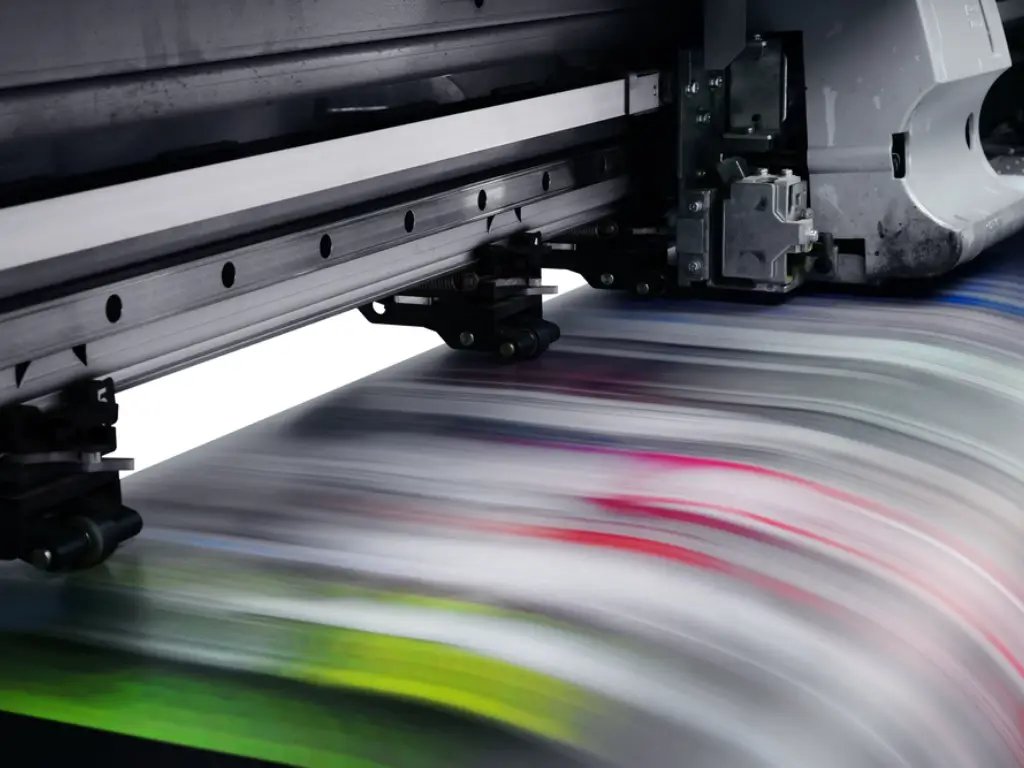
5. Structure and Complexity
The cost of packaging is highly dependent on its internal and external structure. A multi-layered construction that provides better barrier functionality or special functionality (e.g., through built-in dispensers, re-closable applications, complex internal structures) requires increased material, a complex assembly, and possibly specialized equipment. The manufacturing cost is higher the more elaborate the design is and the more components it involves.
6. Geographical Location
The overall logistics costs can be affected by the geographical location of the packaging company to the client or the ultimate distribution hub. Lower costs of labor may be achieved via manufacturing in lower labor cost regions, but this may be countered by increased international shipping costs and increased lead times as well. The closeness has the potential to minimize transportation costs and improve the responsiveness of the chain. To North American clients, the Guangdong Province of China is a source of competitive labor costs, which can be converted to cost efficiencies, though international logistics remain a variable.
7. Lead Time
Rush orders are virtually more expensive. Suppliers usually impose premiums on rushing production to soak up condensed schedules, which can include overtime labor, cannibalization of material resources to work on other projects, or a faster delivery of raw material. This preplanning and consideration of the standard lead time may lead to very high costs of packaging.
Cost Comparison: Different Packaging Types
It is essential to understand the general cost drivers, but it is also crucial to get an idea of the common prices of different types of packages. These are examples and may vary depending on particular design, quantity, and market circumstances, but they are a good reference when making an initial budget.
Speaking of typical kinds of packaging, their characteristics and the usual price range are quite different:
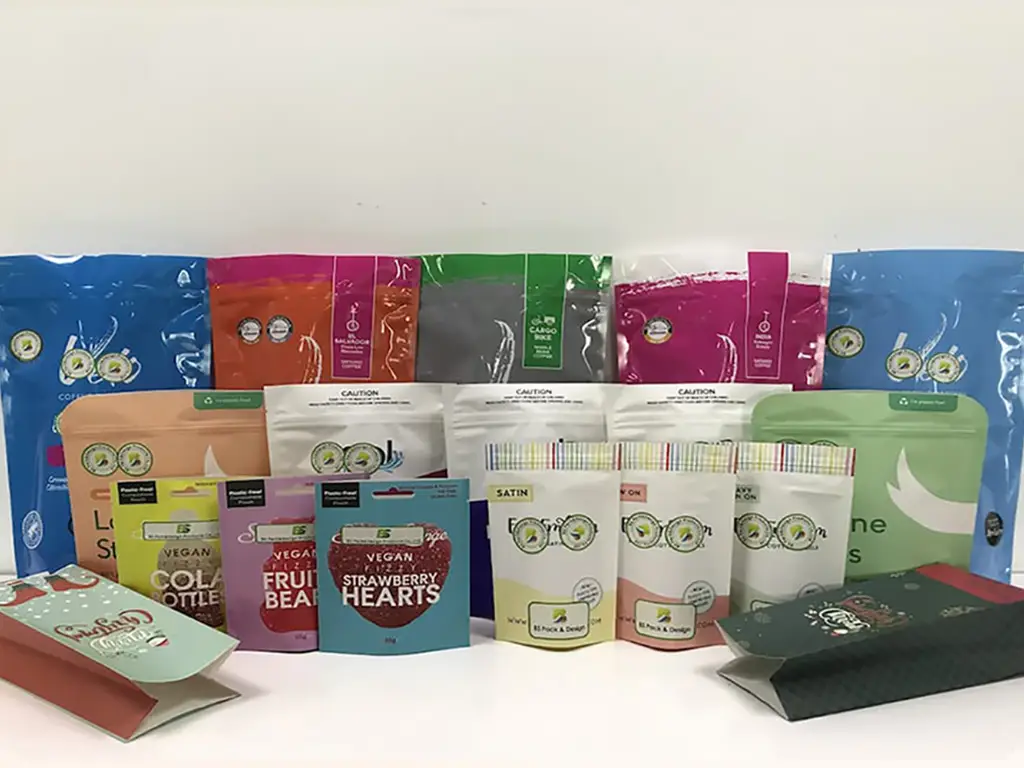
- ● Corrugated Boxes (ranging from $0.60 to $7.00+ per unit) have a great protective cushioning and can be stacked, providing customized strengths. They are perfect for the shipping of e-commerce products, electronics, or the first packaging of bulk products since they offer high protection at a relatively low price. These are a custom box variety in demand.
- ● Folding Cartons (from $0.10 to $1.50 per unit) are thin, can be printed on, and can be easily folded down, and frequently have such features as windows or hanging tabs. They are standard in the case of retail items such as cosmetics, pharmaceuticals, and snacks, where they have an impact on brand placement and shelf appeal.
- ● Rigid Boxes (from $4.00 to $15.00+ per unit) are very sturdy and do not collapse, which translates into a high perceived value. Often equipped with magnetic closures or ribbon pulls, they are applied to luxury items, higher-end electronics, and quality gifts to help add to the customer experience and impress the customer.
- ● Glass Bottles/Jars (from $0.50 to $2.00+ per unit) have superior aesthetic and are inert, recyclable, and have good barrier characteristics. Although they are popular in beverages, sauces, and cosmetics, they are heavier in weight, which adds to the shipping expenses, and are likely to break.
- ● Metal Cans/Tins (from $0.20 to $1.00+ per unit) offer excellent resistance and barrier to light, oxygen, and moisture, are highly durable, and have a long shelf life. These recyclable ones are applied to carbonated drinks, canned products, and specialty products.
- ● Plastic Containers (highly variable, from $0.05 to $1.00+ per unit) are light, durable, shape versatile, and water resistant. They can be found in a variety of products, bottled drinks, personal care products, food trays, and so on, but their price may differ considerably due to the type of plastic and the complexity of the design.
- ● Flexible Packaging (highly variable, from $0.06 to $1.50 per unit) can be lightweight and can be highly material-efficient with very good barrier properties when laminated. Its low shipping weight, coupled with the fact that it can be customized into shapes such as pouches and bags, and with features such as re-sealable zippers or spouts, makes it ideal to use with snacks, coffee, pet food, and nutritional supplements.
To show the effect of volume on pricing, we have a rough estimation of the various packaging types at various quantities of orders.
| Packaging Type | Low Volume (1,000 units) | Medium Volume (10,000 units) | High Volume (100,000+ units) |
| Corrugated Box (small) | $1.50 – $3.00 | $0.90 – $2.00 | $0.60 – $1.20 |
| Folding Carton (small) | $0.50 – $1.00 | $0.25 – $0.60 | $0.10 – $0.30 |
| Rigid Box (medium) | $8.00 – $15.00 | $5.00 – $10.00 | $4.00 – $7.00 |
| Glass Bottle (200ml) | $1.00 – $1.80 | $0.70 – $1.20 | $0.50 – $0.80 |
| Flexible Pouch (small) | $0.20 – $0.50 | $0.10 – $0.30 | $0.06 – $0.15 |
Note: These figures are general estimates. Actual costs vary significantly based on specific design, material grades, printing complexity, and market fluctuations. They serve as a starting point for budgeting.
Uncovering the Hidden Costs of Packaging
Although material and production expenses are the most obvious components of the packaging expenditure, to get a complete financial evaluation, it is quite impossible not to mention less evident, but still, very important, hidden costs. These may have hidden effects on increasing the overall cost of ownership, and in case left unaddressed, they may sabotage profits and operational efficiency. The ultimate total cost may also influence the retail price of the product.
Packaging Design Fees
Good design packaging is an investment in brand image and market differentiation. But it comes at a price that is not always considered during the first budgeting of a product. The design fees are usually dependent upon the experience and reputation of the designer, the scope and complexity of the project (ranging from simple labels to complete structural overhauls), the number of revisions made, and the specific deliverables (i.e., 2D graphics, 3D renders, technical specifications). These may be as low as a few hundred dollars to do basic graphic work to many thousands to do complete, brand-consistent structural and graphic design.
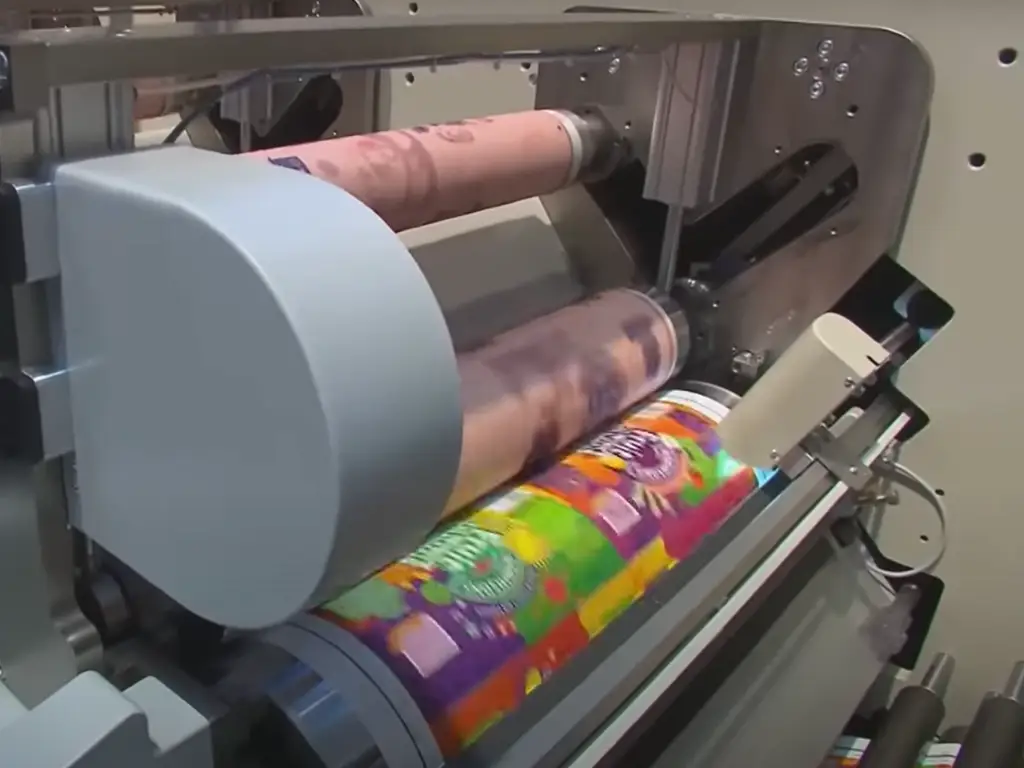
Brand Element Integration
Other than the initial design, there is a possibility of extra costs because of accurately and consistently incorporating brand elements on packaging materials. This also involves the cost of custom dies in case your logo has a custom shape that requires cutting or embossing. Some Pantone colors may need to be matched by custom ink blending and closer printing calibration, and may be more costly than CMYK printing. Moreover, the proprietary fonts or stock photos can be licensed with a one-time or recurring fee.
Special Structure Design
Non-standard box or pouch packages used to improve the user experience or product appearance tend to add cost to packaging. This can be special opening devices such as tear strips or re-sealable, inner fitments or inserts to hold the product, and built-in handles or dispensers to make it more versatile. These additions need more engineering, possibly new tooling, more complicated assembly, and often custom materials, all of which increase unit cost.
Prototype Creation and Testing
One of the important steps to reduce risks before deciding to manufacture in large quantities is the production of physical prototypes (mock-ups) and testing of different kinds. The cost of prototypes may vary from a cheap 3D print to very precise hand-made pre-production prototypes. Packaging testing entails exposing the packaging to the simulated real-world environment, e.g., drop tests, vibration tests (to simulate transport), compression tests, and shelf-life tests (to determine barrier performance). These laboratory tests are charged at a cost but are priceless in terms of avoiding product damage, spoilage, or non-compliance with regulatory standards in transit and storage. Failure to do this might result in much higher expenses due to product loss or returns. It is worth investing in this stage as a small business owner.
Warehousing & Storage Fees
Once they are manufactured, the packaging materials have to be stored. The costs are directly related to the quantity of packaging ordered, how often it is delivered, and the storage period. In case one company is over-ordering to obtain cheaper prices per unit of a product bought, it may end up facing excessive costs on the storage facility, artificially created climatic conditions (to preserve delicate material), storage, and probably conjecture. In this case, effective inventory planning is important to reconcile the advantage of bulk discounting with storage overhead.
Product Spoilage (Due to Inadequate Packaging)
The failure in the packaging can be one of the most harmful hidden costs. Without proper protection of the contents of the package by its packaging, the product may be lost, decay, or be damaged. This cost not only includes the packaging but also the whole value of the destroyed product, lost sales, reputation, and possible recall costs. This is a high level of importance in choosing sturdy packaging and the suitable materials that exactly fit the need of protecting the product.
Regulatory Compliance Testing
Packaging used in certain industries, especially those of food, pharmaceuticals, and personal care, should comply with strict health, safety, and environmental standards. It frequently requires third party testing of such factors as food contact safety (materials should not leach dangerous substances), heavy metals levels (they should not exceed the limits of toxic elements), barrier properties (to make sure that the rate of oxygen or moisture transmission does not exceed the shelf life of the product). In some of the products, there might also be a requirement for Child-Resistant Packaging (CRP) testing. Such tests may be time-consuming and expensive, yet non-compliance may result in very heavy fines, product recall, and serious damage to a brand.
Smart Strategies to Cut Packaging Expenses
Reducing total packaging expenses does not require sacrificing quality packaging or brand appeal. Rather, it is about planning, intelligent design, and effective purchasing. The next strategies will enable businesses to save a lot of money, and at the same time keep their packaging effective, or even increase its effectiveness.

Optimize Bulk Purchasing
It is important to make use of economies of scale. This should be done by collaborating with your supplier in determining the optimum order quantity (EOQ) to strike a balance between reduced per-unit costs and efficient inventory holding costs. Bigger size orders distribute fixed costs over a smaller quantity, decrease the unit prices of material because of the volume discounts, and minimize the time of machine setups. Nevertheless, do not order so far ahead that the warehousing expenses or the possibility of obsolescence will offset the per-unit cost.
Standardize Sizes and Design
Special molds and special designs are more expensive. Where possible, standardize the packaging dimensions or select an existing range of tooling that the supplier has to offer. Equally, streamline graphic treatments by using fewer print colors, standard ink palettes instead of highly specified Pantone combinations (where brand guidelines permit), and the simplification of complex surface treatments. The simplified designs not only save cost in production but also may be more efficient to pack and ship.
Material Selection Optimization
Perform a material analysis in detail. Research on other materials that provide an equivalent level of protection and look good, but are less expensive. To give an example, in numerous situations, flexible packaging can replace more rigid and costly containers, which results in significant savings on material and, more importantly, on shipping weight. Trade-offs should always be considered between price, protection, shelf life, and consumer perception. In other cases, even a little more costly material with better barrier properties can avoid the spoilage of the product, resulting in net savings. It is also prudent to pick materials that have less environmental impact.
Supplier Relationship Management
Maintain good, long-term supplier relationships with a few trustworthy packaging suppliers. Rather than relying on favored pricing, a reputable custom packaging supplier will be more willing to provide preferred pricing as a result of consistent volume and loyalty, priority service and faster lead times, and responsiveness during peak times, as well as proactively recommending value engineering opportunities that can reduce cost without compromising performance. They are also transparent in terms of open communication of the market fluctuations or possible delays. Communication and joint planning can regularly result in a win-win situation and a constant reduction in costs.
Automate Packaging Processes
In companies where the volumes of production are high, the automation of the packaging equipment can be rather profitable in the long term. Automatic carton erectors, fillers, sealers, and labelers may greatly decrease the cost of labor by minimizing manual manipulation, boost efficiency and throughput by speeding package rates, and enhance consistency and lower errors, resulting in fewer rejected products and wasted materials. Although the initial outlay may be high in terms of capital investment on machinery, Return on Investment (ROI), which is computed in terms of labor savings, high production, and reduced waste, is often surprising in favor of automation.
Reduce Internal Waste
Implement lean manufacturing principles within your packaging operations. This entails ensuring that there is optimum storage by proper handling of packaging materials and storage of the same to avoid damage or wastage before consumption. It also includes optimization of assembly through training of personnel to streamline packing processes to reduce mistakes and wastes of materials, and checking of quality at the receiving point to ensure that new packaging materials are checked and defects identified before causing costly wastes of production time, or spoilage of products in the future. Small unit-based reductions in waste can result in enormous savings with large
Lightweight Design
This plan has a direct effect on the shipping expenses that comprise a major proportion of the total logistics budget. You can accomplish all of the following by designing your packaging to consume less material, or being naturally lighter (e.g. using flexible pouches rather than glass jars on products where possible): material cost savings (less raw material used per unit), freight cost savings (light packages means lower freight charges, especially on air freight or export shipments where weight is a major pricing factor) and an enhanced environmental profile (less material used, which can help meet sustainability objectives).
Choosing a Partner for Flexible Packaging Solutions
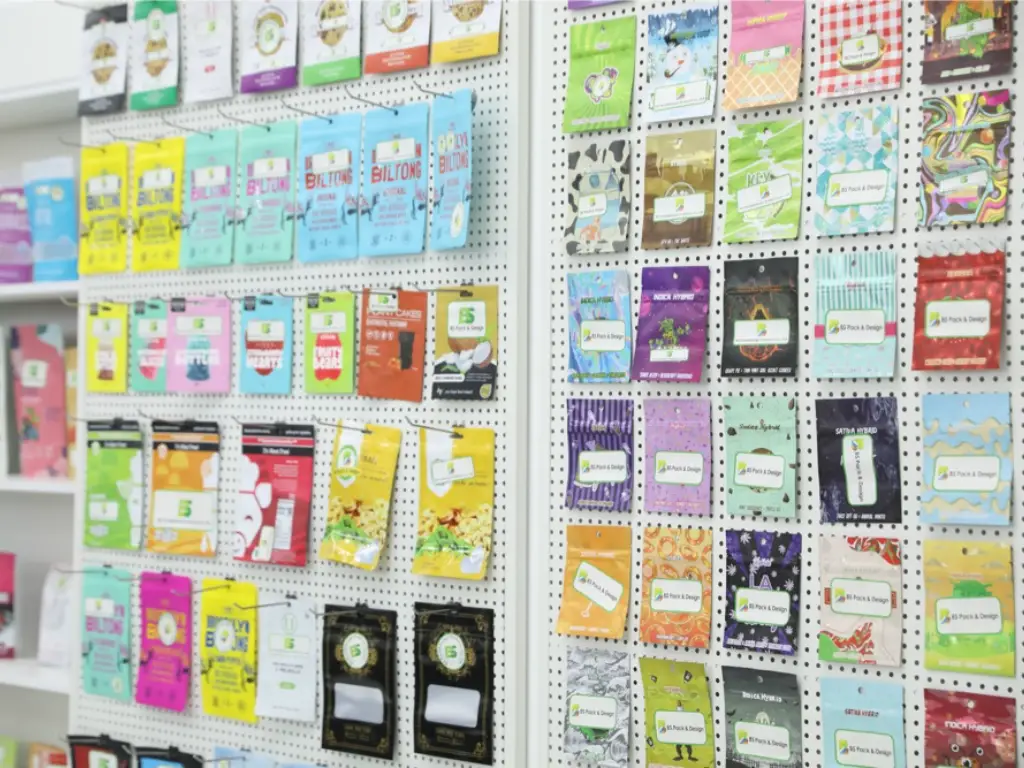
The choice of the packaging partner is a strategic decision, not restricted to the price quotation. An expert partner is a part of your team, which raises efficiency and competitiveness. In the case of custom flexible packaging, the cooperation is critical due to the delicate equilibrium of material science and design, and performance.
To consider partners, preference should be given to those with a thorough knowledge. And this is where a specialised manufacturer such as Baishen Pack is especially capable of performing, especially for clients in the beverage, food, pet food, and nutritional supplement industries.
Baishen Pack has been giving power to brands around the world with high-quality custom flexible packaging since 2012. Our focus is on food-grade materials, FDA/SGS/ISO certified, to make sure that we guarantee product safety and compliance. With the best of HP Indigo digital printing, we can get up to 97 percent PANTONE color matching to enhance stunning shelf appeal. Our turnaround time, which is leading in the industry, takes only 7-10 business days to process digital print orders as opposed to competitors. We cover all scales with minimum order quantities that are flexible and as low as 500 units. High moisture, oxygen, and puncture resistance is ensured by our strict internal quality control that involves extensive barrier and durability testing. Baishen Pack offers maximum protection to the products, a long shelf life, and a clear market edge.
Conclusion
How much does packaging cost? This response is not all about numbers; it is a tactical view that has a direct influence on profitability and market success. What it takes to go through the twists and turns of packaging costs is to realize that there are both visible and invisible costs, and to use smart optimization techniques to release great savings therein. The correct form of packaging cannot just contain but also protect, promote, differentiate, and create brand loyalty as well. With a specialist such as Baishen Pack by your side, whose mission is to deliver flexible packaging solutions, offer quality, and efficiency to its clients, you give your brand a chance to succeed, bringing their products to market safely, attractively, and relatively affordably.

